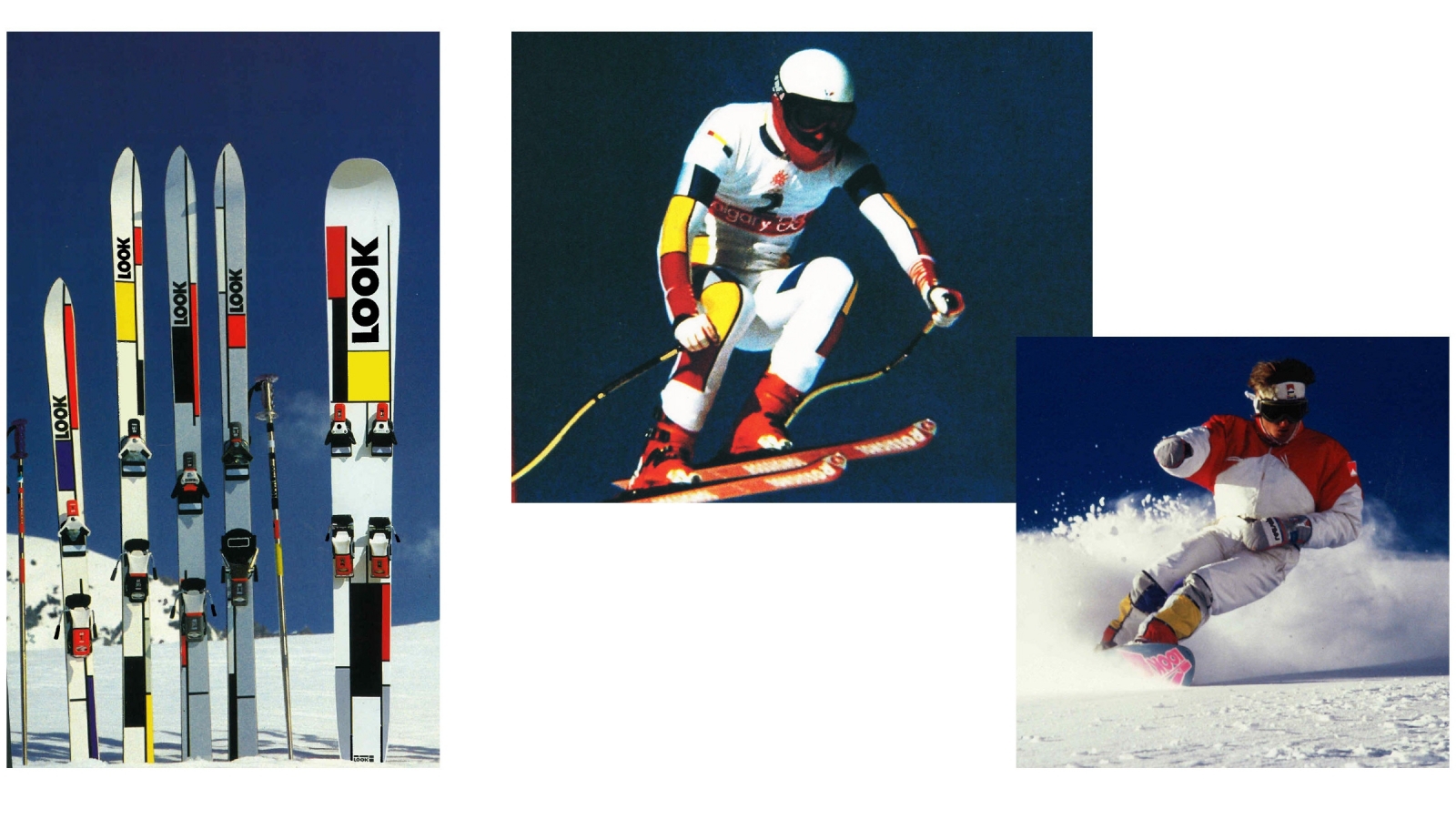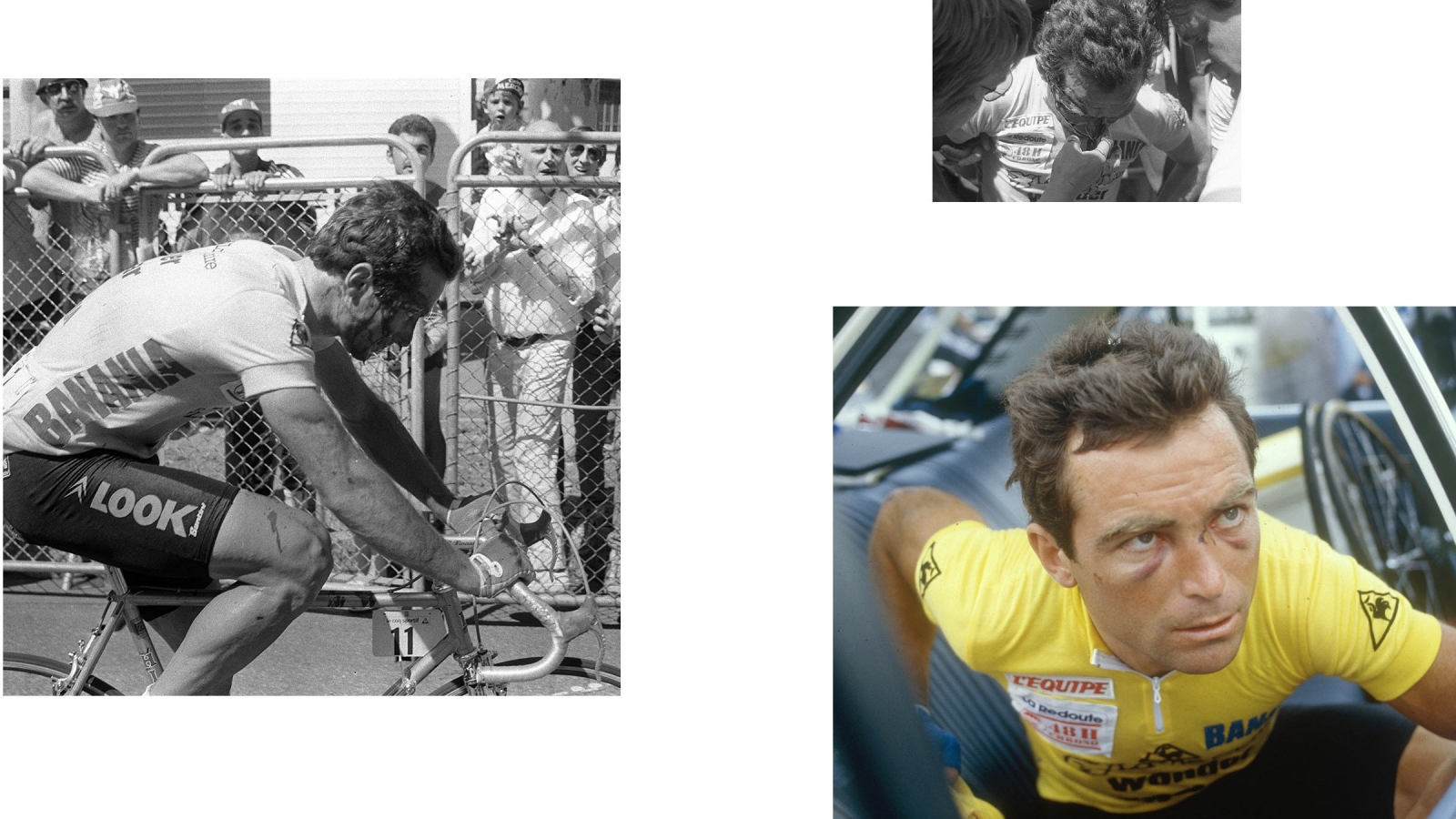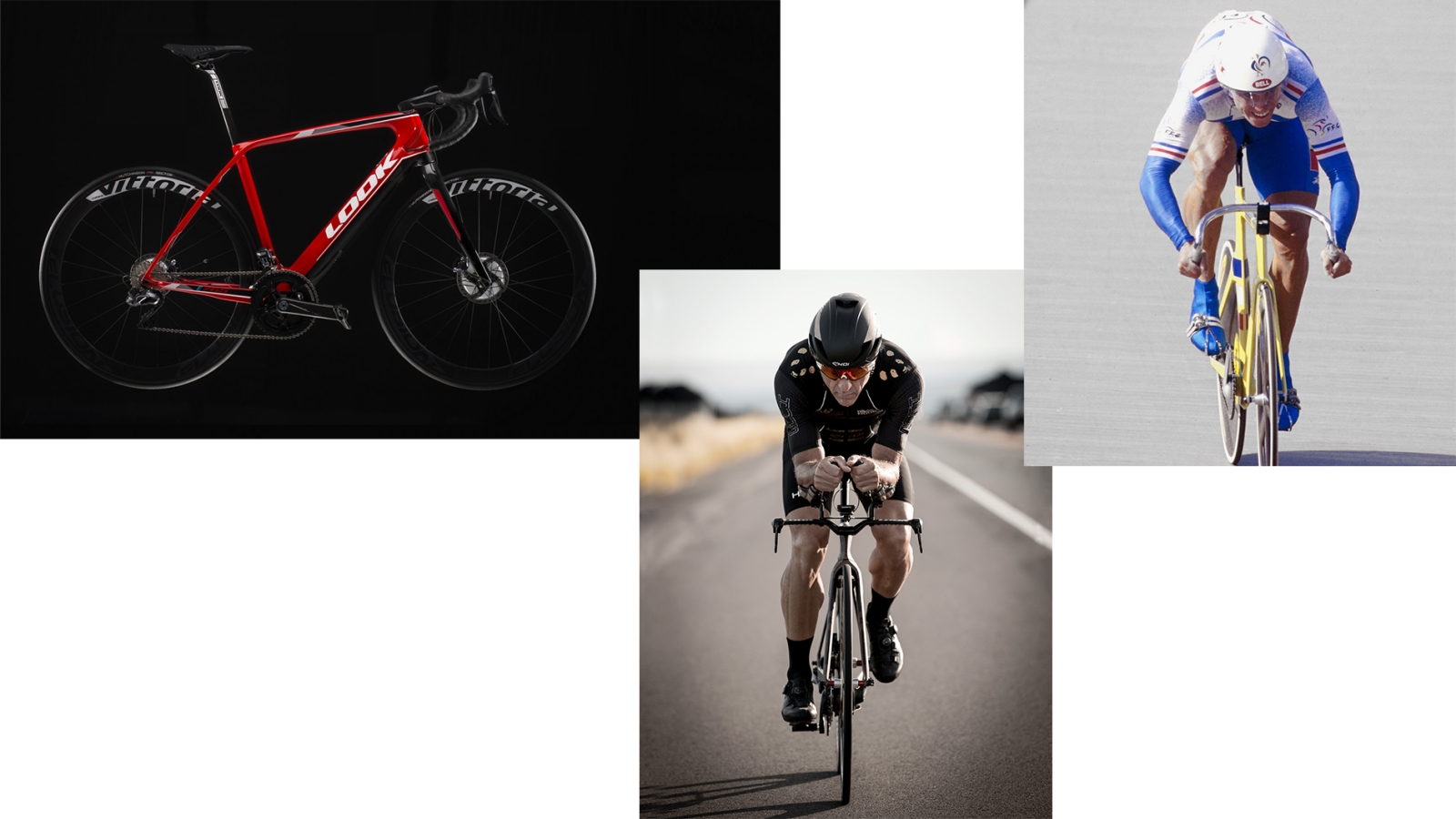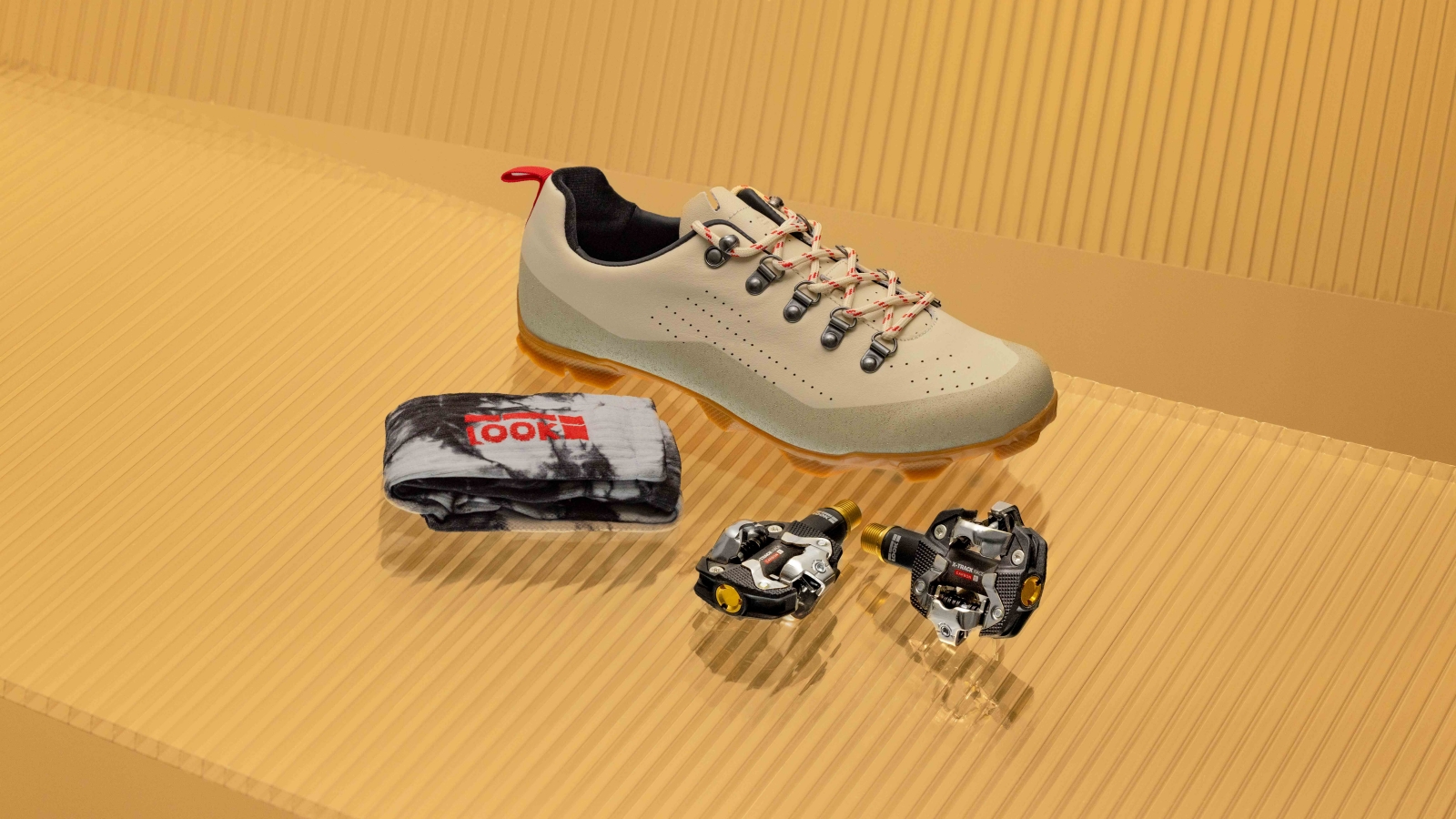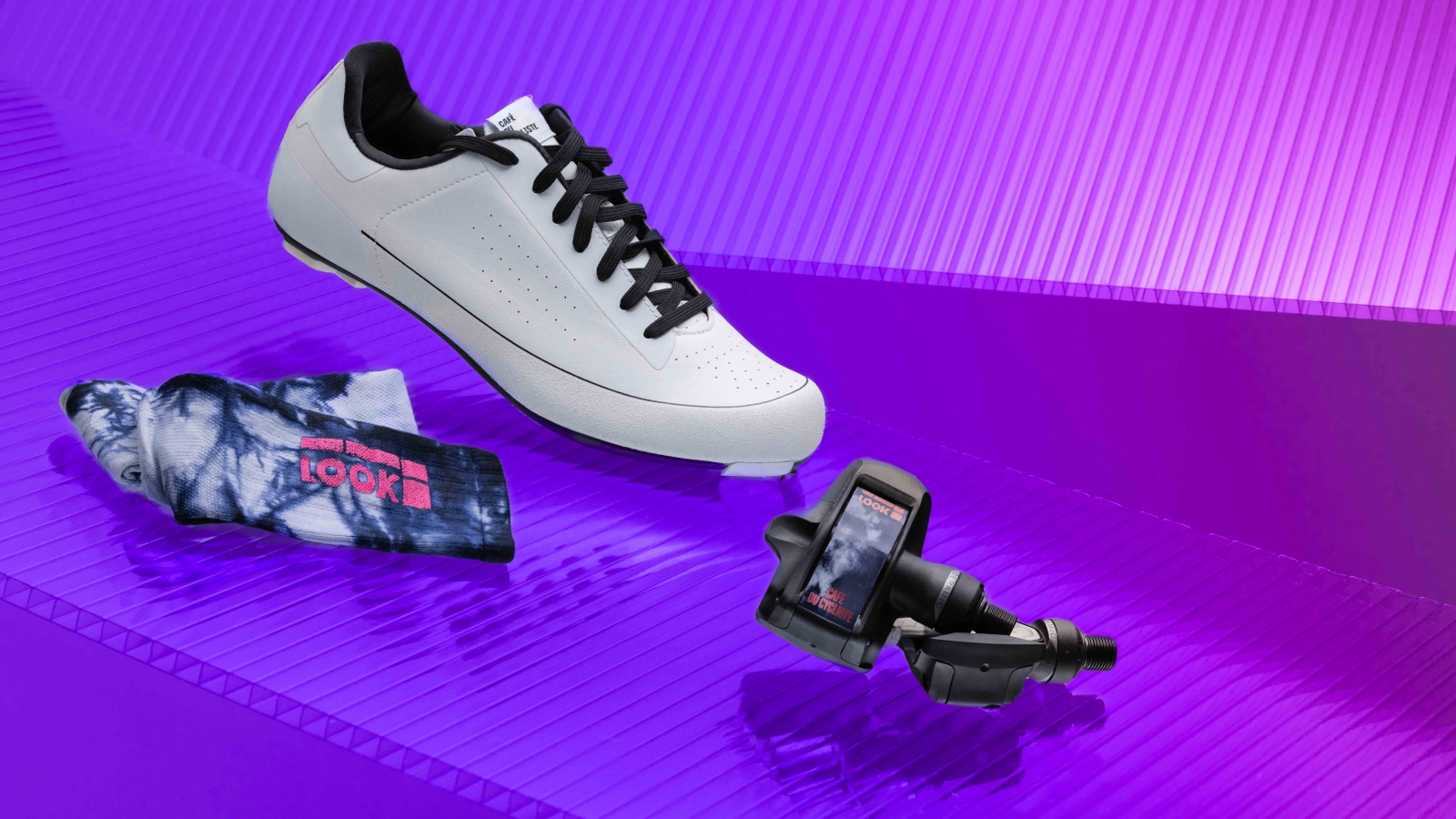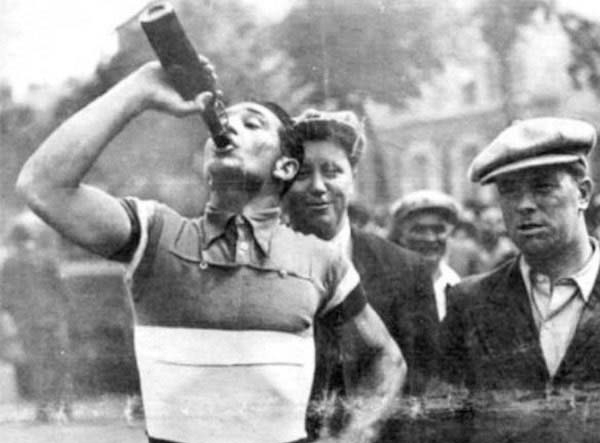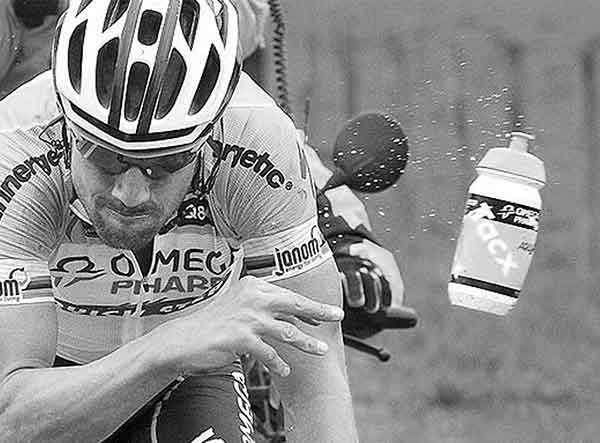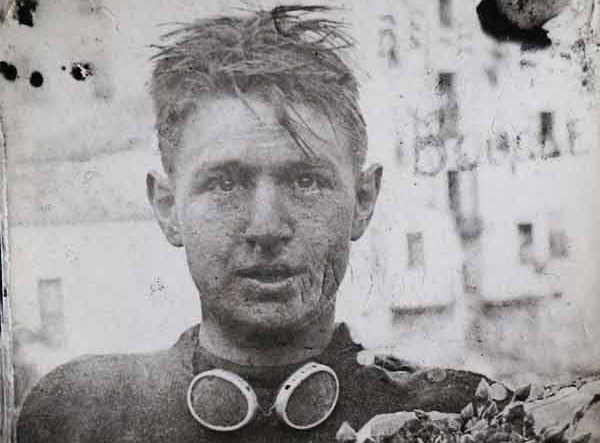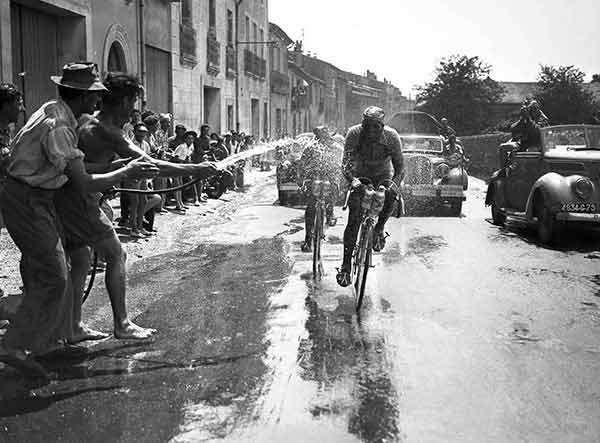LOOK CYCLE | PEDALLING INNOVATION SINCE 1983
At the forefront of innovation in cycling technology since 1983, LOOK Cycle began manufacturing frames and components for racing bikes in the 1950s. But it was in fact a skiing accident in 1960 that acted as the catalyst for the company’s innovations in pedal technology.
LOOK’s founder, Jean Beyl, a mountaineer and skiing nut, broke his leg on the slopes of Alpe d’Huez, a location we shall return to later. Beyl realised his fracture was due to a problem with his ski-shoes, fixed to his runners with laces. Beyl, from his hospital bed, conceived of a plated ski-binding, the ‘anti-fracture’ shoe. In 1963, LOOK developed and patented the N17, its first pivot-binding for skiers.



